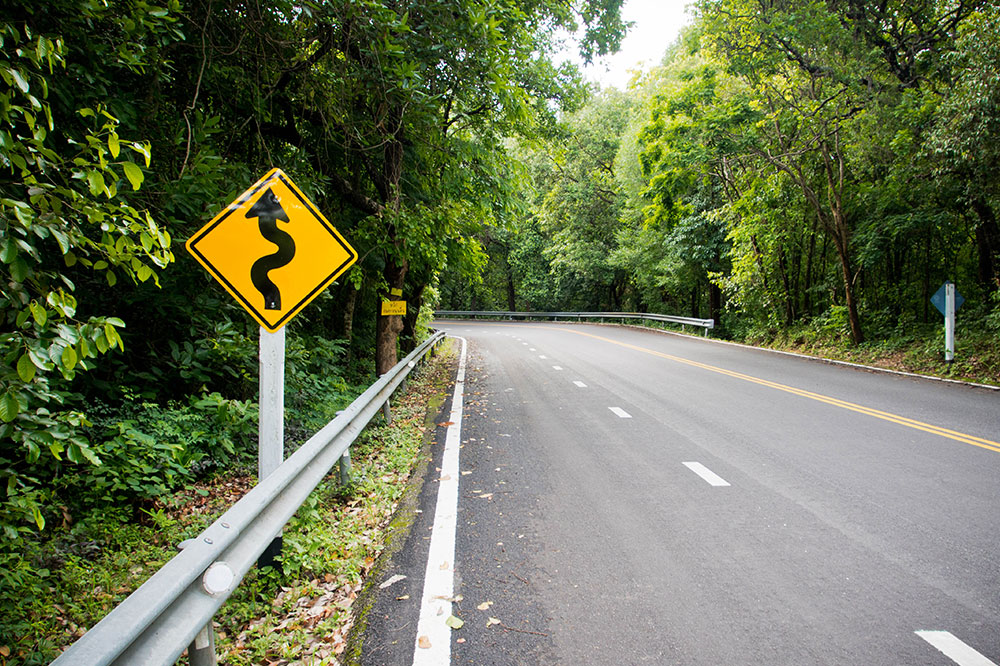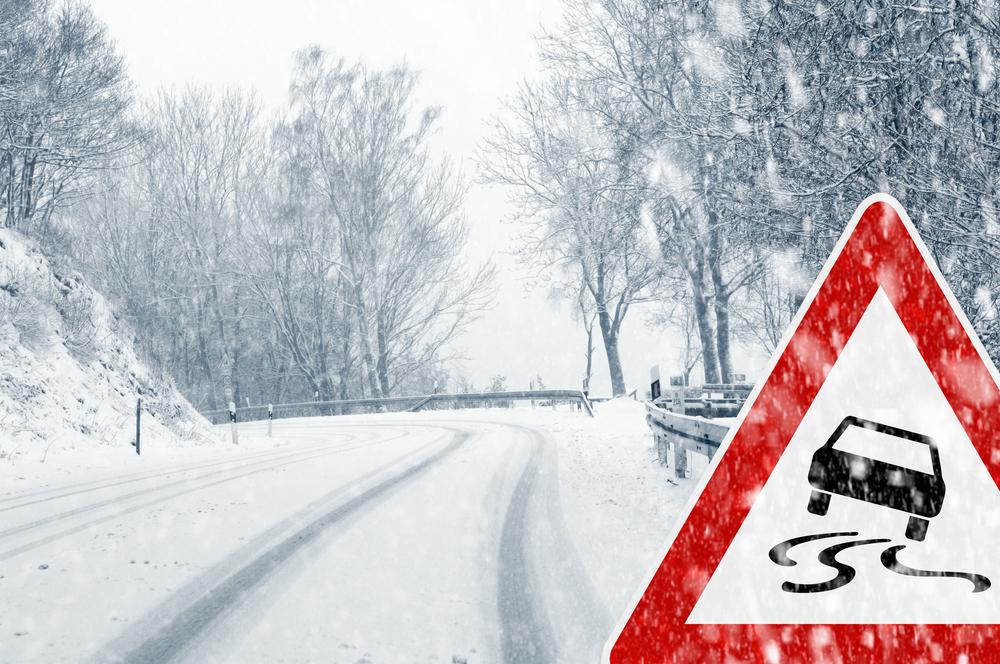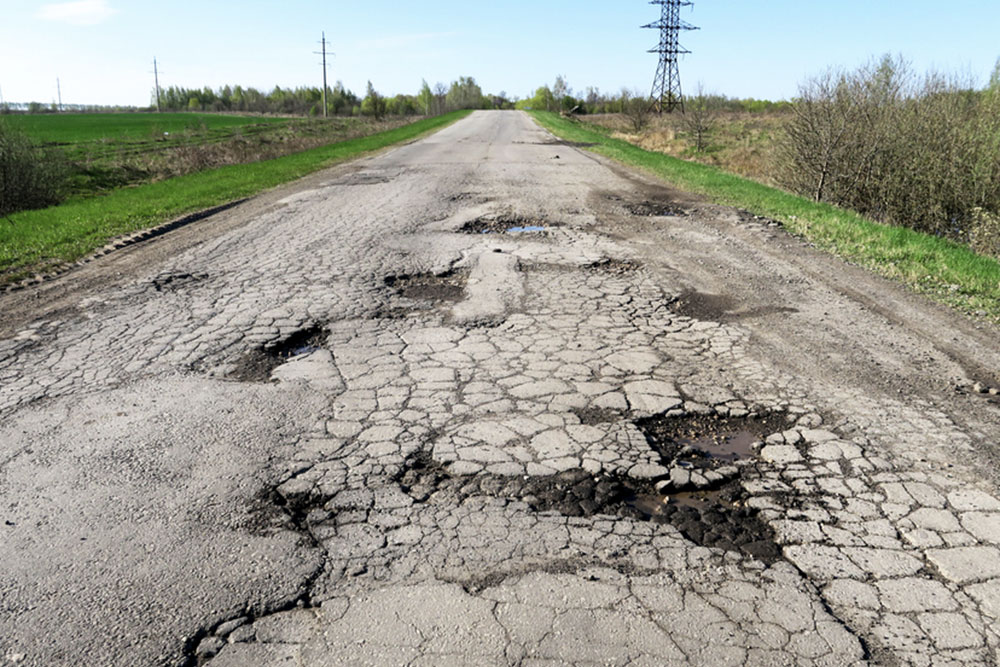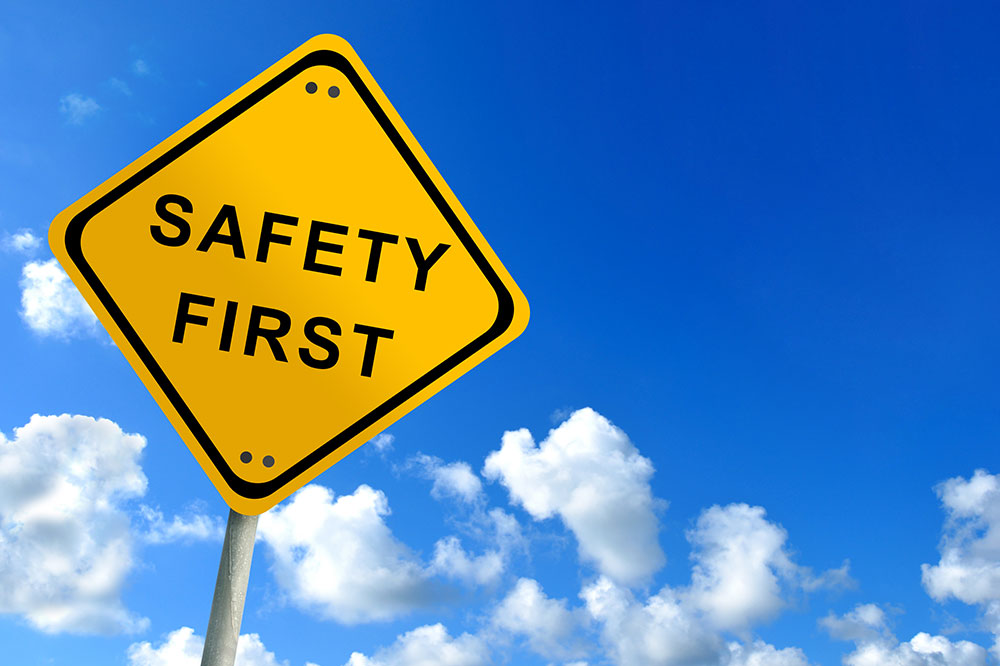Essential Traffic Warning Signs Drivers Should Recognize
This article explains essential traffic warning signs every driver should recognize, including Flagger Ahead, Lane Reduction, Crossroad Ahead, and Shoulder Work signs. Understanding these signs enhances safety on the roads by promoting attentiveness and proper responses. With clear descriptions and visual cues, drivers can navigate construction zones, intersections, and lane changes confidently, ensuring both personal safety and smooth traffic flow.

Essential Traffic Warning Signs Drivers Should Recognize
Traffic warning signs are crucial for alerting motorists to upcoming conditions on highways, intersections, or roads. These signs are typically diamond-shaped, with colors indicating different messages. Yellow signals a general caution, while orange signifies ongoing construction. Whether you are a daily driver or an occasional commuter, understanding these four key warning signs ensures safety for yourself and others on the road.
Flagger Ahead
This sign indicates that a flagger is working nearby, directing traffic with flags. Drivers should reduce speed, keep safe distances, and watch for signals from the flagger, especially red flags indicating drivers should slow or stop. The sign is orange and placed well in advance of the work zone.
When confronted with this sign, drivers should stay attentive, reduce speed, and be prepared for flagger signals. The orange color enhances visibility, warning motorists to proceed cautiously and respect the temporary traffic control.
Lane Reduction
This sign warns drivers of upcoming lane closures, often on multi-lane highways. Drivers must prepare to merge or change lanes safely. The yellow color indicates caution, urging patience and alertness to merging vehicles from the sides.
Crossroad Ahead
Marked by a black cross on a yellow background, this sign alerts drivers of a junction up ahead. Traffic may proceed without signals, so slowing down and observing crossing vehicles is essential. Use judgment and watch for cues like changing speeds or vehicle positions to decide when to stop or proceed.
Shoulder Work
This sign warns of roadwork occurring on the shoulder lane, requiring drivers to stay cautious. Typically orange, these signs are placed every mile over extended work zones to protect both workers and motorists by reducing speed and maintaining vigilance.










